Tunisia travel tips
Tunisia travel tips: North African gem with diverse landscapes, ancient ruins, vibrant markets, and a rich blend of Arab, Berber, and Mediterranean influences.
Governorates 🌎
Tunisia travel tips. Here is a list of all the governorates of the Tunisia.

Ariana
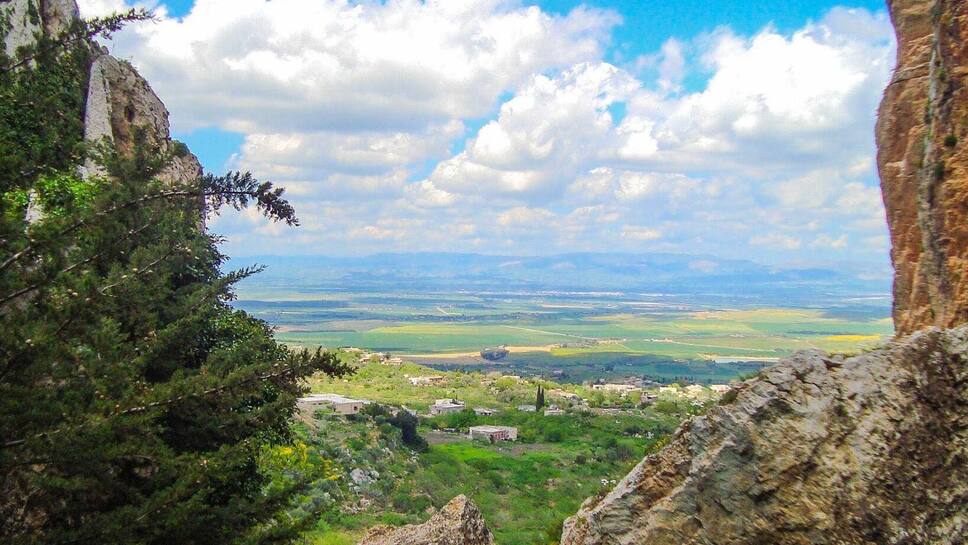
Beja

Ben Arous

Bizerte

Gabes

Gafsa

Jendouba

Kairouan

Kasserine

Kebili
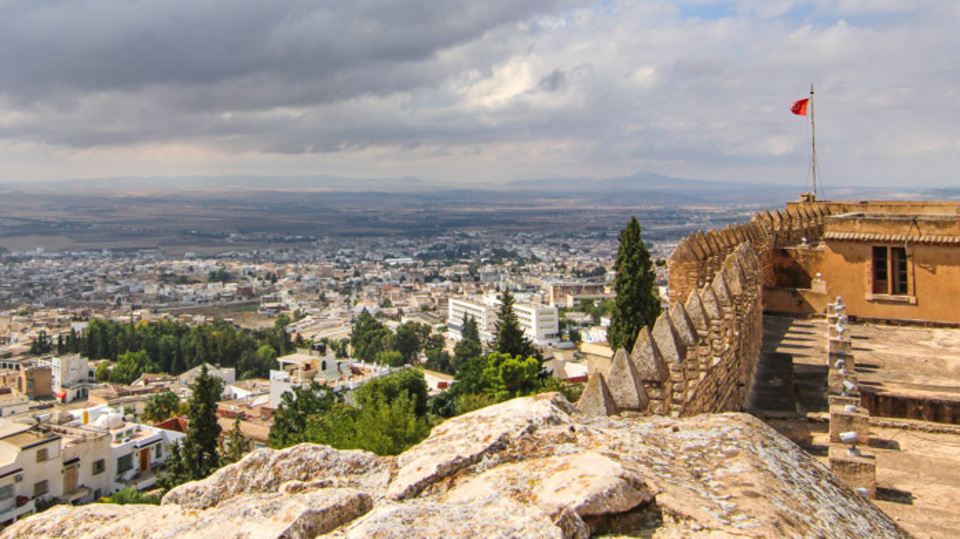
Kef
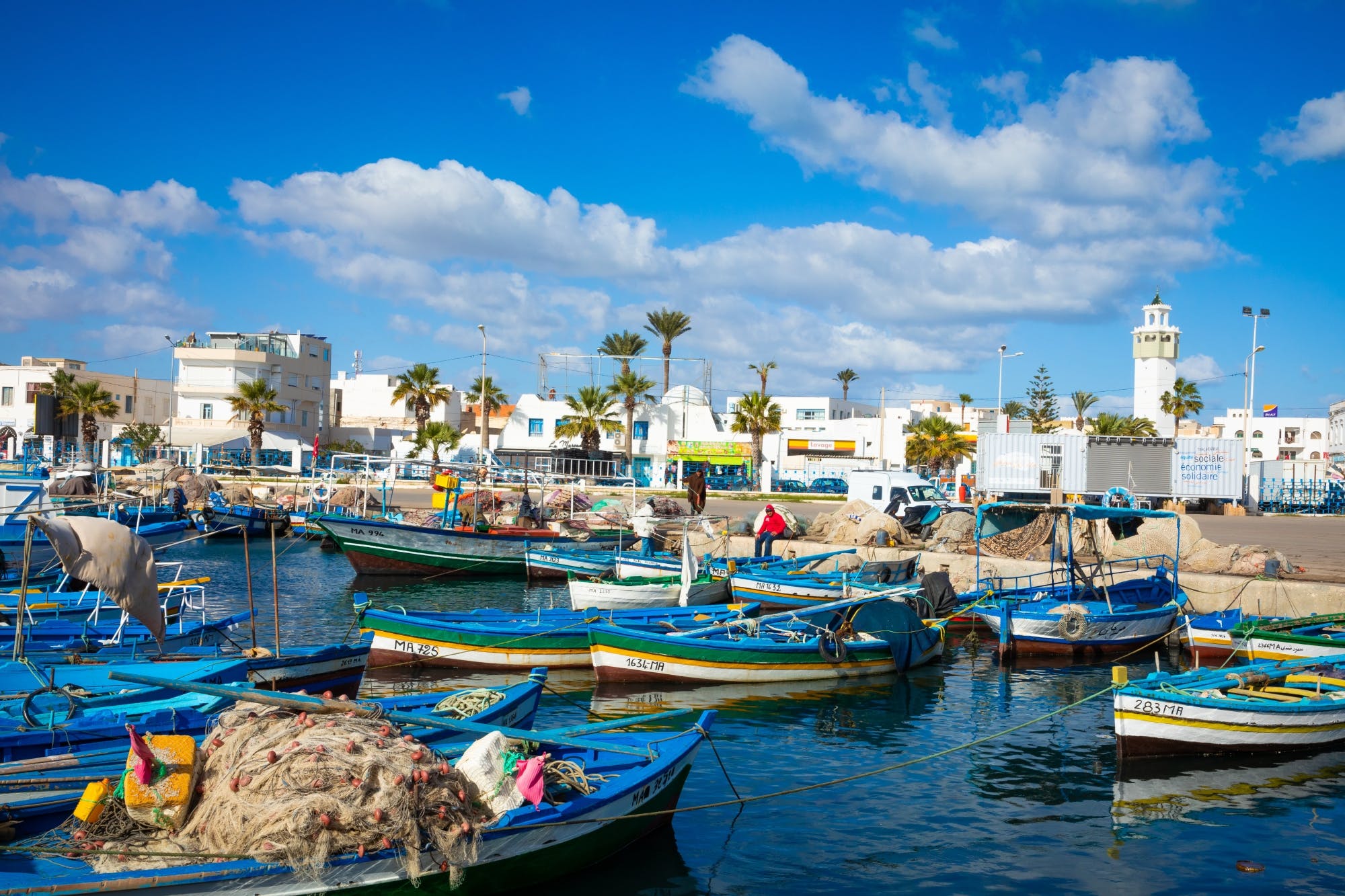
Mahdia

Manouba

Medenine

Monastir

Nabeul
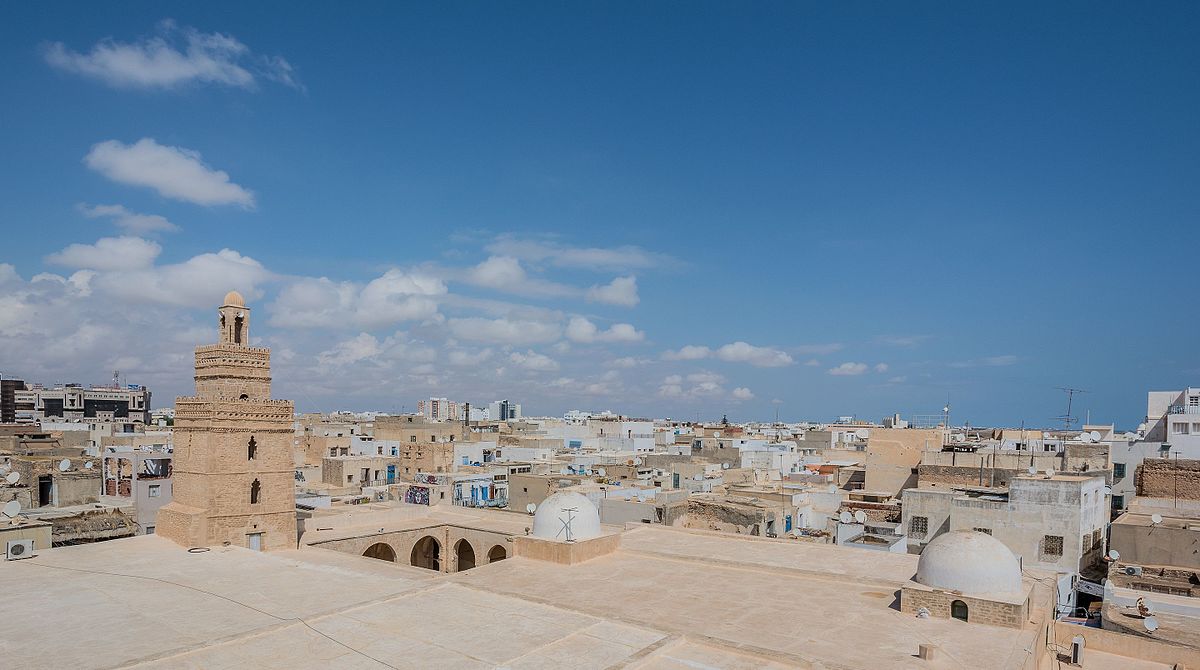
Sfax

Sidi Bouzid

Siliana
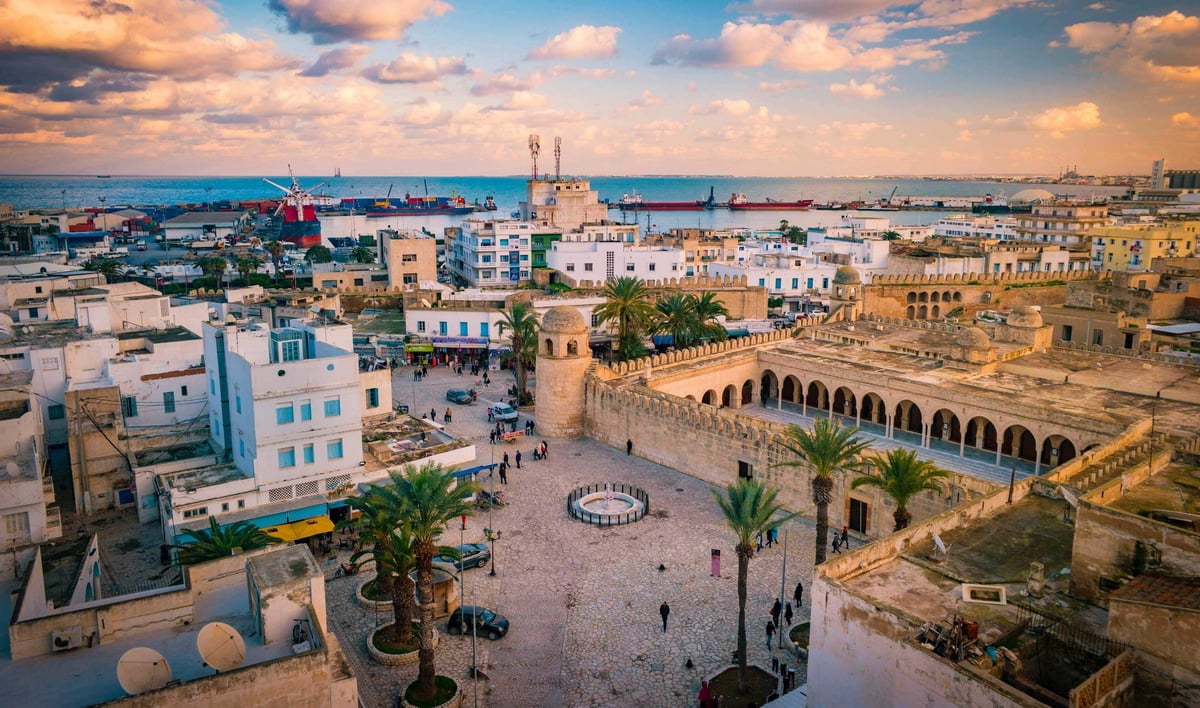
Sousse

Tataouine

Tozeur

Tunis

Zaghouan
Before you go 🛩
Important information you should know before your trip
Info

Capital | Tunis
Flag Codes:
ISO alpha-2 TN,
ISO alpha-3 TUN
Currency
Badge | Tunisian Dinar
CODE | TND
NUMBER | 788
SYMBOL | د.ت
FRACTION | thousandth
Mobile Coverage
Dialing Code | +216
SIM Card
Coverage | 3G / 4G / 5G |
Mobile Networks | Ooredoo Mobile | Orange Mobile | TT Mobile |

Location
Tunisia is a country located in North Africa. It is situated in the northernmost part of the African continent and is bordered by the Mediterranean Sea to the north and northeast.
The capital city of Tunisia is Tunis, which is located along the Mediterranean coast in the northern part of the country. Tunis is the largest city in Tunisia and serves as its economic, cultural, and administrative center.
Tunisia’s geographical location along the Mediterranean Sea has historically made it an important crossroads for trade and cultural exchange. Its diverse landscapes include coastal areas, fertile plains, and inland regions, making it a country of geographic and cultural significance in the North African region.
Currency
The currency of Tunisia is the Tunisian Dinar, abbreviated as TND. The dinar is further subdivided into smaller units called millimes. One dinar is equal to 1,000 millimes.
The Central Bank of Tunisia is responsible for issuing and regulating the country’s currency. Banknotes and coins are available in various denominations to facilitate everyday transactions.
Languages
The official language of Tunisia is Arabic. Tunisian Arabic, a dialect of Arabic, is the most widely spoken language in the country. It is used in government, education, media, and everyday communication.
In addition to Arabic, French is also commonly used in various aspects of Tunisian society, including business, education, and administration. French is often considered a second language and is taught in schools. English is also gaining popularity as a foreign language, particularly among younger generations and those involved in international business and tourism.
Tunisia’s linguistic landscape reflects its history and cultural ties to both the Arab world and French-speaking countries. While Arabic is the official language and the primary means of communication, French remains an important language of commerce and diplomacy.
Climate 🌡
Tunisia has a diverse climate that varies from north to south, with influences from the Mediterranean Sea to the north and the Sahara Desert to the south. Here’s an overview of the climate in Tunisia:
Mediterranean Climate: The northern coastal regions of Tunisia, including cities like Tunis and Bizerte, experience a Mediterranean climate. This climate is characterized by mild, wet winters and hot, dry summers. Rainfall is relatively evenly distributed throughout the year, with the wettest months occurring in the winter. Summers are typically hot, with temperatures often exceeding 30°C (86°F).
Semi-Arid Climate: The central regions of Tunisia, including the Sahel region, have a semi-arid climate. These areas receive less rainfall than the coastal regions and experience more pronounced temperature variations between summer and winter. Summers are hot and dry, while winters can be cooler and occasionally wet.
Desert Climate: The southern and interior regions of Tunisia, including the Sahara Desert, have a desert climate. This climate is characterized by extremely hot summers with daytime temperatures often exceeding 40°C (104°F) and cold nights. Rainfall in these areas is very scarce, and desert landscapes dominate the region.
Saharan Influence: The southernmost parts of Tunisia, bordering the Sahara Desert, are strongly influenced by Saharan conditions. These areas experience some of the hottest temperatures in North Africa and are known for their arid and extreme desert environment.
Rainfall: Rainfall patterns in Tunisia vary significantly. The northern coastal areas receive more rainfall, while the southern desert regions are extremely dry. The country’s mountainous areas, such as the Atlas Mountains, may receive more precipitation and even experience snowfall in the winter.
Wind: Tunisia can experience strong winds, especially in the desert regions. Windblown sand and dust storms are not uncommon in the desert areas.
Tunisia travel tips
If you’re planning a trip to Tunisia, here are some travel tips to enhance your experience:
Desert Adventure:
Embark on a Sahara Desert safari for a unique experience of camel trekking, camping under the stars, and discovering desert oases.
Charming Coastal Towns:
Visit picturesque coastal towns like Sidi Bou Said, known for its blue-and-white architecture, offering stunning views of the Mediterranean Sea.
Hammams and Spas:
Relax in traditional hammams or modern spas, indulging in Tunisia’s wellness traditions and therapeutic treatments.
Language and Etiquette:
Learn basic Arabic phrases and respect local customs, enhancing your interactions and showing appreciation for Tunisian culture.
Transportation:
Utilize a mix of transportation modes, including trains, buses, and taxis, to navigate between cities and explore the countryside. View Guide.
Beach Relaxation:
Unwind on Tunisia’s beautiful beaches, from popular resorts to secluded coves, offering a perfect blend of relaxation and scenic beauty.
Respect for Traditions:
Respect local customs and traditions, such as modest dress in certain areas, fostering a positive and culturally enriching travel experience.
Enjoy your time in Tunisia!

The best of the best
Tunisian cuisine is a delightful fusion of Mediterranean, Arab, Berber, and Andalusian influences, creating a diverse and flavorful culinary tradition.

Tajine
Tunisian tajine is not to be confused with the Moroccan dish of the same name. Tunisian tajine is more like a frittata made with eggs, vegetables, and sometimes meat, cooked in a shallow pan.

Mechoui
Mechoui is a whole roasted lamb, often prepared for festive occasions and celebrations. The meat is slow-cooked until tender and flavorful.

Lablabi
Lablabi is a chickpea soup made with garlic, cumin, and olive oil. It’s often served with bread and toppings like capers, olives, and tuna.
Here are some typical foods and dishes you might find in Tunisia:
Chakchouka: Chakchouka is a flavorful dish made from bell peppers, tomatoes, onions, and spices, typically served with eggs poached on top.
Merguez: Merguez sausages are a North African favorite, made from ground lamb or beef and flavored with spices like paprika and cumin. They are often grilled and served with bread or couscous.
Makroudh: Makroudh are date-filled pastries, typically made with semolina dough and fried to a golden brown. They are often enjoyed with a cup of mint tea.
Samsa: Samsa is a pastry filled with almonds, sugar, and spices, then wrapped in thin pastry sheets and baked.
Mint Tea: Mint tea is a popular beverage in Tunisia, made by steeping green tea leaves with fresh mint and a generous amount of sugar. It’s often served as a gesture of hospitality.
Harira: Harira is a hearty soup made from a tomato and lentil base, with the addition of various herbs, spices, and sometimes meat. It’s particularly popular during Ramadan.
Brik: Brik is a popular Tunisian street food. It consists of a thin pastry filled with ingredients like egg, tuna, capers, and parsley, which is then deep-fried until crispy.
Tunisian cuisine is known for its use of aromatic spices like cumin, coriander, and harissa, a spicy chili paste. It offers a rich and diverse culinary experience that caters to a variety of tastes.
Transportation 🚥
More information about this country
Choose your destination 📍🗺
Useful Links ✅



